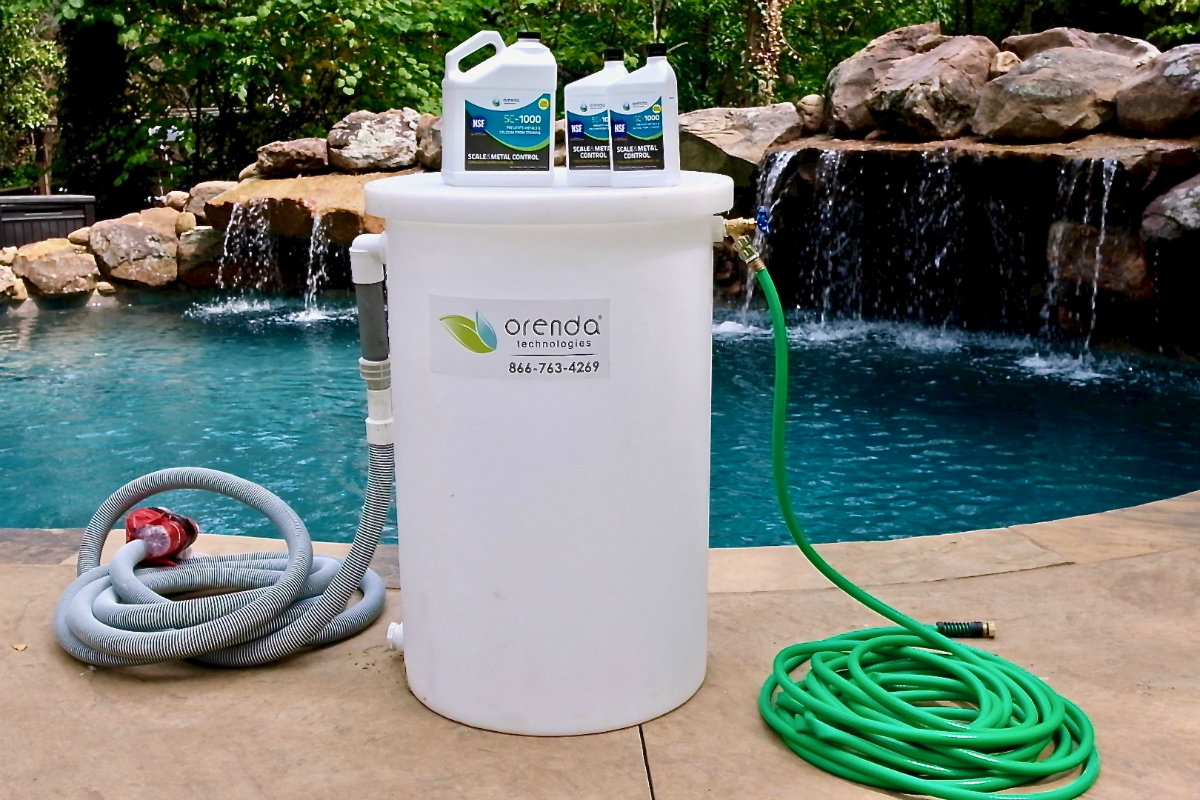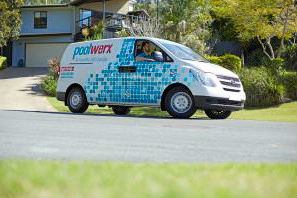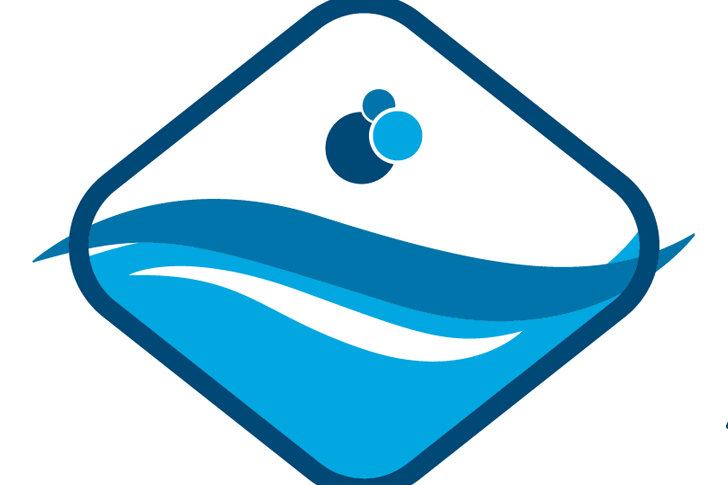A little-known start-up method is gaining traction.
In recent years, several service technicians have experimented with what they believe is a better way to fill a newly plastered pool. It involves filling a tank or trash can with water and several pounds of calcium. This treated water trickles into the pool as it’s being filled with tap. By the time the pool is full, it’s nearly perfectly balanced.
This approach, they claim, helps prevent calcium from leeching out of the newly applied plaster due to aggressive water, a phenomenon that can occur within the first 48 hours of a start-up.
Guadalupe Mariscal, owner of Blue Moon Pools in San Diego, had for years pondered ways that his crew could balance the pool as it was filling so as to not stress the plaster. In Southern California, water hardness varies wildly from 40 ppm to 140 ppm. Mariscal has seen it as low as 30 ppm. Pros generally agree that water should have a hardness range of 200 to 300 ppm for a start-up.
Eventually, Mariscal struck upon an idea. A 35-gallon trash can would slowly leak water, calibrated to the appropriate hardness, through a series of small holes. It would take about 10 hours for the water to siphon out into the pool. It worked, and Mariscal has been doing it ever since.
David Rockwell, owner of Liquid Paradise Pools in Los Angeles, is also a believer in this method, “especially here in L.A., where water comes out high in pH and alkalinity and low calcium,” he said. “All of a sudden you’ve got really aggressive water.”
He uses a custom-made 55-gallon barrel that delivers the treated water via a vac hose.
“By the time the pool is full … the water is very close to being properly balanced,” he said.
Now Orenda Technologies is backing the process. The Fairview, Texas pool chemical manufacturer worked with service professionals to develop a tank kit for use alongside its own chemicals and proprietary app that calculates pH, calcium, alkalinity, temperature and other ranges needed for a balanced start-up. As the water goes into the pool, it’s being compensated with the trickle overflow from the calcium tank.
“Now we have water that’s 300 or more in calcium hardness that touches that surface from fill,” explained Orenda Chairman Harold Evans. “Like good solutions are, a simple solution to a complex problem is a good thing.”



